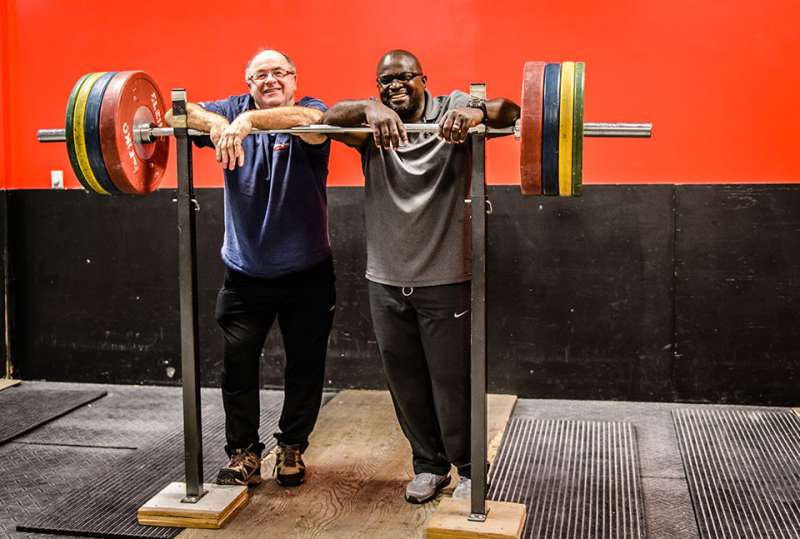Hector Ariosa (Cuban National Team Psychologist) without hesitation, said to me;
- Self-confidence
- Ability to relax and be ready at the same time
- Over coaching
Those were the top 3 things he saw athletes had difficulty on the national and international levels.
If you don’t know Hector, he is the sports psychologist for the Cuban national weightlifting team and many other sports. We have exchanged pleasantries in the training hall over the past week but this time while I was waiting for the women’s 76 kg session to start I wanted to get his thoughts on the mental aspect of coaching.
He says coaches talk too much, too much instruction.
Too many instructions will confuse or even disrupt an athlete’s rhythm thus disrupt an athlete’s performance. Hector believes when an athlete is having a good session, less instruction is needed. As the coach just reinforced the good part of the session with some positive feedback and that’s it.
Keep it simple.

Over instruction when an athlete is having a great or good session is a killer!
Why, because the athlete must internalize, feel what is working and what is not so they can repeat and repeat so they can reproduce the same or better outcome during competition time.
Obviously when the athlete is at a beginner or intermediate level more instruction is needed, more reinforcement is needed but as the athlete gets technically efficient leave all well alone.
This goes for behaviour, moods, anger, and frustration. Show the athlete the right path then step back. Hector says “The athlete must find their way”.
This is familiar as this is what my mentor Pierre Roy drilled into me.

Pierre Roy (LEFT) and Clance Laylor (RIGHT) coaching at the Athlete Activation System seminar in Quebec.
Pierre would say, “Clance after the technical aspects have been solidified, the athlete must find their way.“
He would warn me not to disrupt or ignore this step as you (the coach) might be in the way of the growth of the athlete.
Every athlete is different.
I understand some need for constant reinforcement, whether it’s verbal or a silent signal such as a wink or head nod, I get it. But I try not to disrupt the athlete’s growth because I am simply not going to be on the field, ice, court, or platform with them.
I feel strongly the ultimate goal is to develop the athlete into a self-confident machine who has the ability to relax and be ready to go at the same time.
The best athletes I’ve come across have this confident calmness about them coupled with an underlying aggression. They are always ready.
About the Author: Clance Laylor
Related Articles


